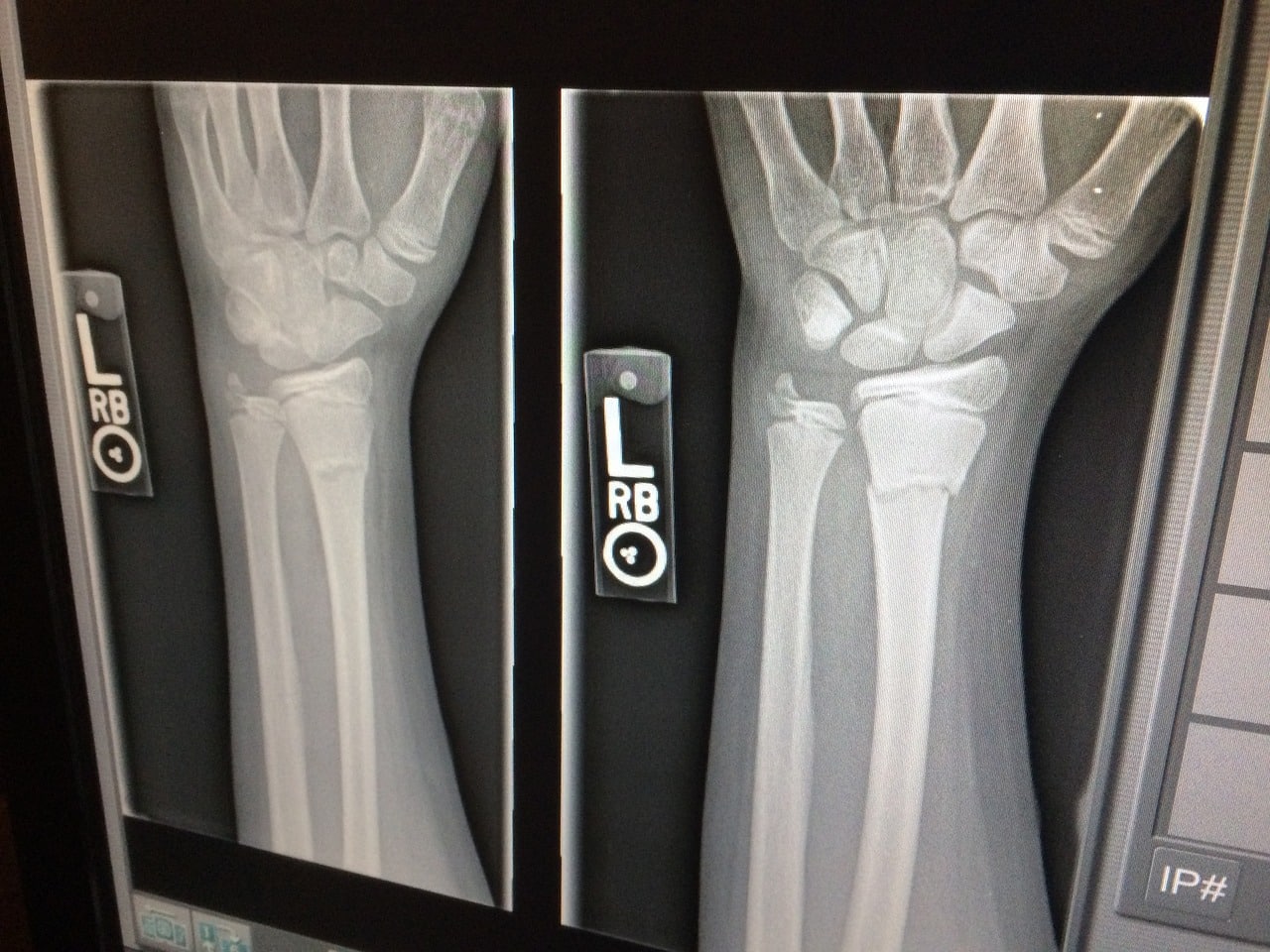
The negatoscope is a device that allows viewing x-rays.
A negatoscope is a device that makes it easier to observe x-rays . It is a square or rectangular screen that is illuminated from behind , illuminating the negative through transparency.
General characteristics
The negatoscope can be installed on a wall or placed on a desk. Whether using LED lamps or fluorescent tubes , the light is projected onto the screen, which is usually made of acrylic or frosted glass . When the x-ray plate is placed on the screen, the negative can be viewed without problems.
The negatoscope that is installed on the wall is called a wall negatoscope . The negatoscope that is placed on a surface thanks to its base, meanwhile, is called a table-top negatoscope .
It is important to mention, on the other hand, that negatoscopes are differentiated between general ones and those that allow viewing mammograms. The appropriate equipment depends on the medical specialty in question, depending on the needs of the health professional.
wall-mounted negatoscope
A wall light table is a device used in radiology to view and analyze x-rays and other medical images. It is also known as an x-ray viewer or radiographic film viewer . It consists of a surface illuminated with uniform white light and a structure that holds the x-rays in place. It is made of translucent material to allow light to pass through the x-ray film and display the image.
The light must be bright and uniform enough to allow accurate interpretation of the details on the x-ray. Wall-mounted negatoscopes are available in different sizes , from smaller models used in doctors' offices to larger units found in hospitals and radiology clinics. Some wall-mounted light boxes have a single viewing surface, while others may have multiple screens to display multiple images simultaneously.
Some models may have additional features , such as adjustable brightness controls, filters to highlight specific details in the radiographic image, and retention systems to hold films securely in place. Wall-mounted light boxes remain an essential tool in the field of radiology , allowing medical professionals to examine and diagnose various conditions based on radiographic images.
tabletop negatoscope
A tabletop negatoscope is a device used in radiology to view medical images, such as x-rays, MRIs, CT scans, and other diagnostic imaging modalities. Unlike wall-mounted negatoscopes, they are portable and placed on a work surface, such as a desk or table.
They have an illuminated and translucent viewing surface, similar to that of wall-mounted negatoscopes. Some models feature a protective cover that helps keep images private and prevent damage to the display surface when not in use. They use an internal light source that is usually LED to obtain uniform illumination and precise reproduction of the details of the radiographic image.

There are wall-mounted and table-top negatoscopes, the latter being lighter and more compact.
Mammography negatoscope
Mammography light boxes are devices designed specifically for viewing mammography images, x-rays of the breast used for the diagnosis and early detection of breast cancer .
They are designed to meet specific technical and quality requirements for accurate viewing of mammographic images. These features include adequate lighting, high resolution, and the ability to display high-contrast images.
Illumination and resolution in mammography light boxes are especially important to ensure accurate visualization of images and finer details when cancer is in an early stage. They usually have a larger size than conventional negatoscopes, a difference that can also be seen in the images. They can have one or more display surfaces, depending on the model and the needs of the diagnostic center.
